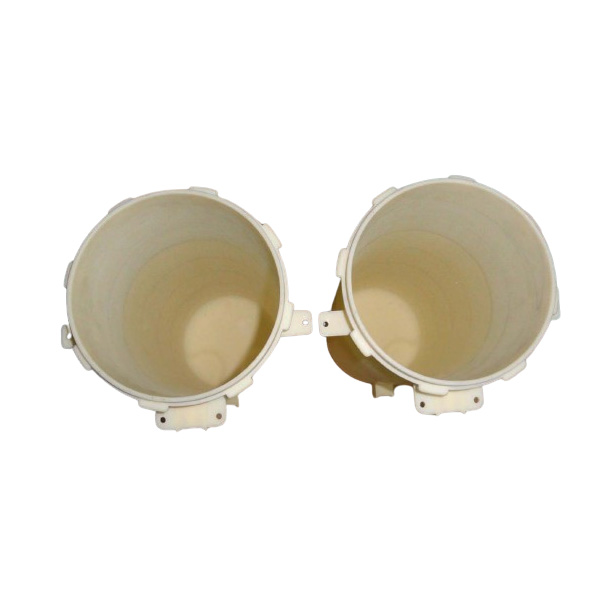
In today’s fast-paced product development cycle, CNC prototyping delivers high-precision, low-volume prototype parts in a fraction of the time required by traditional methods. By translating 3D CAD models directly into cutting commands, CNC machining prototype parts bridge the gap between concept design and functional validation—enabling engineers to iterate quickly and bring better products to market faster.
Core Technology: From CAD to Finished Prototype
– CAD-to-CAM Conversion
Pre-programmed software (Mastercam, Fusion 360) converts your 3D model into G-code, defining tool paths, spindle speeds, and feed rates.
– Toolpath Optimization
Advanced algorithms minimize cycle time and material waste, ensuring efficient CNC machining rapid prototyping.
– Simulation & Validation
Virtual dry-runs detect collisions or design flaws before any metal is removed, safeguarding tooling and cut accuracy.
Machine Capabilities
– Multi-Axis Machining
3-, 4- or 5-axis mills carve complex geometries—undercuts, sloped surfaces, and tight pockets—impossible on manual machines.
– Sub-Millimeter Repeatability
Achieve ±0.01 mm tolerances for critical fits in automotive, aerospace, robotics, and medical assemblies.
– Material Versatility
From plastics (ABS, PEEK) to engineering metals (6061-T6 aluminum, 316 L stainless steel, titanium), CNC prototyping accommodates diverse materials for functional testing.
Advantages of Rapid Prototyping CNC Machining
– Speedy Turnarounds
Produce working prototypes in hours or days, shortening feedback loops and enabling 3–5 design iterations per week.
– Low-Volume Cost-Effectiveness
Ideal for runs of 10–500 units, where tooling costs for injection molding are prohibitive.
– Seamless Scale-Up
The same workflows that create prototypes can scale to small-batch production without retooling.
Applications Across Industries
– Aerospace : Titanium brackets and housings tested to flight standards.
– Consumer Electronics : Precision aluminum casings and mounting fixtures.
– Medical Devices : Biocompatible stainless-steel prototypes for surgical instruments.
– Automotive : Functional bushings, clamps, and sensor mounts—validated before full-scale tooling.
Innovations in CNC Prototyping
– Hybrid Systems: Integrate CNC milling with additive heads to combine solid and lattice structures in one build.
– AI-Driven Toolpaths: Machine-learning algorithms optimize cutting strategies, cutting cycle times by up to 20 %.
– Portable CNC Solutions: On-site prototyping for large components, such as wind-turbine panels or ship parts.
With its unmatched precision, material flexibility, and rapid turnaround, CNC machining rapid prototyping remains the workhorse of modern product development. Whether you need a single functional prototype or a small batch of pre-production parts, CNC prototyping delivers consistent quality and tight tolerances—accelerating your path from concept to market.

